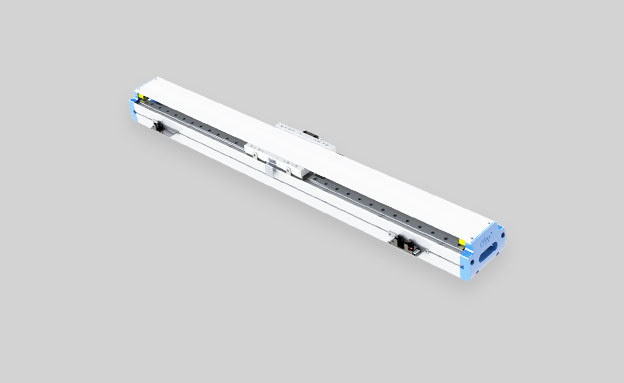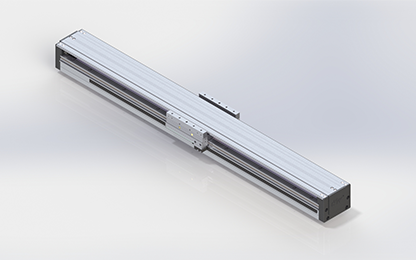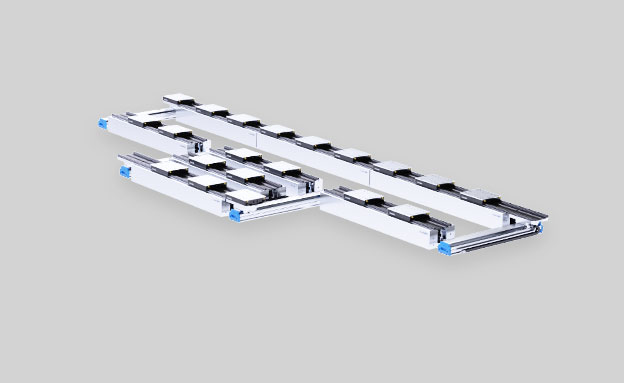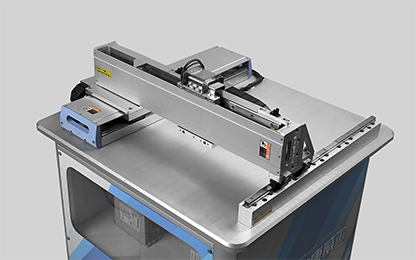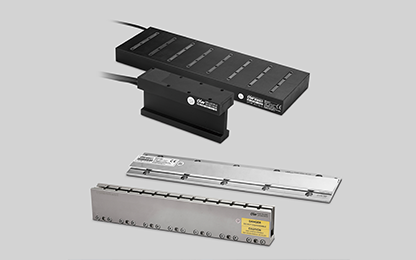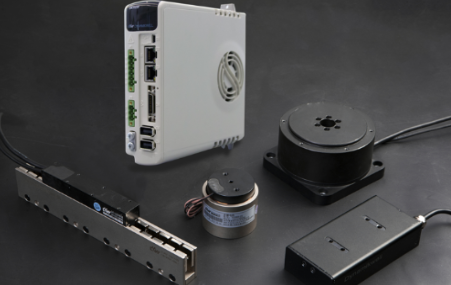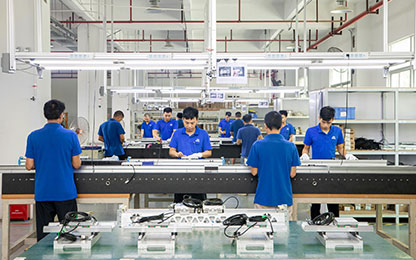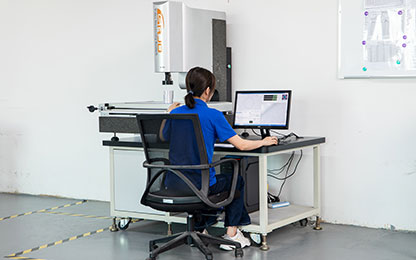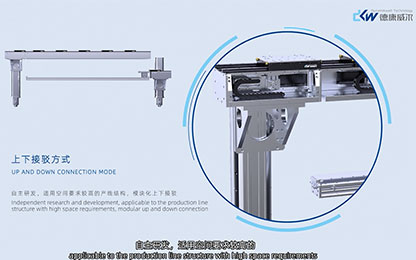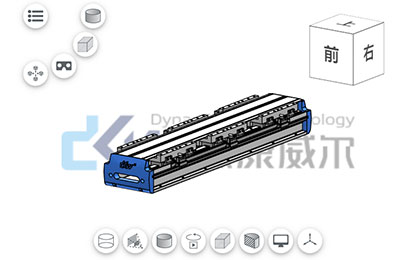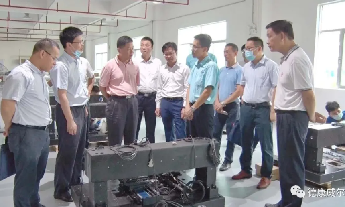2021年07月24日What are the different working principles of linear motors?
What are the different working principles of linear motors during use? We can divide linear motors into synchronous linear motors, induction linear motors, tubular homopolar linear motors, and piezoelectric ceramic motors by saying that the driving principles of linear motors are different. Next, let’s take a look at some of their comparisons. :

01. Synchronous linear motor
In this design, the speed of the magnetic field is usually controlled electronically to track the movement of the rotor. For cost reasons, synchronous linear motors are rarely used.The rotor therefore usually contains permanent magnets or soft iron.
2.Induction linear motor
In this ++++ design, the force is produced by the linear moving magnetic field acting on the conductor in the field. According to Lenz’s law, any conductor placed in the magnetic field, whether it is a toroidal coil or just a metal plate, will Eddy currents are induced in it, thereby generating an opposing magnetic field. The two opposing fields will repel each other, causing movement when the magnetic field sweeps across the metal.
3.Tubular homopolar linear motor
In this design, a strong current flows through a metal launch tube that straddles the sliding contacts fed by the two guide rails, thereby generating a strong magnetic field to eject metal objects along the guide rails.
4.Piezoelectric ceramic linear motor
This linear motor is a motor that generates displacement based on the change in the shape of the piezoelectric material when an electric field is applied. Piezoelectric motors use the inverse piezoelectric effect of piezoelectric sensors, in which the deformation or vibration of the piezoelectric material generates electric charges. The circuit generates acoustic or ultrasonic vibrations in the piezoelectric material, thereby generating linear or rotational motion. The elongation in a single plane will produce a series of stretching and returning movements, similar to the way a caterpillar moves.


